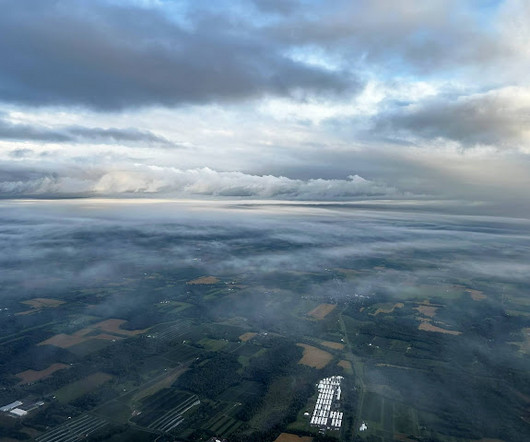Avionics and cockpit automation
Professional Pilot
APRIL 3, 2025
The package features an interactive navigation system (INAV), which allows a pilot to select and click flight plan-specific options within the flight management system (FMS). The Apex includes the INAV as well as on-screen graphical flight planning, dual FMS with coupled VNAV, WAAS with LPV capability, and synthetic vision.














Let's personalize your content